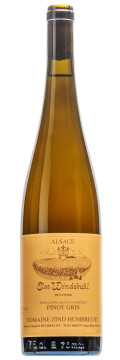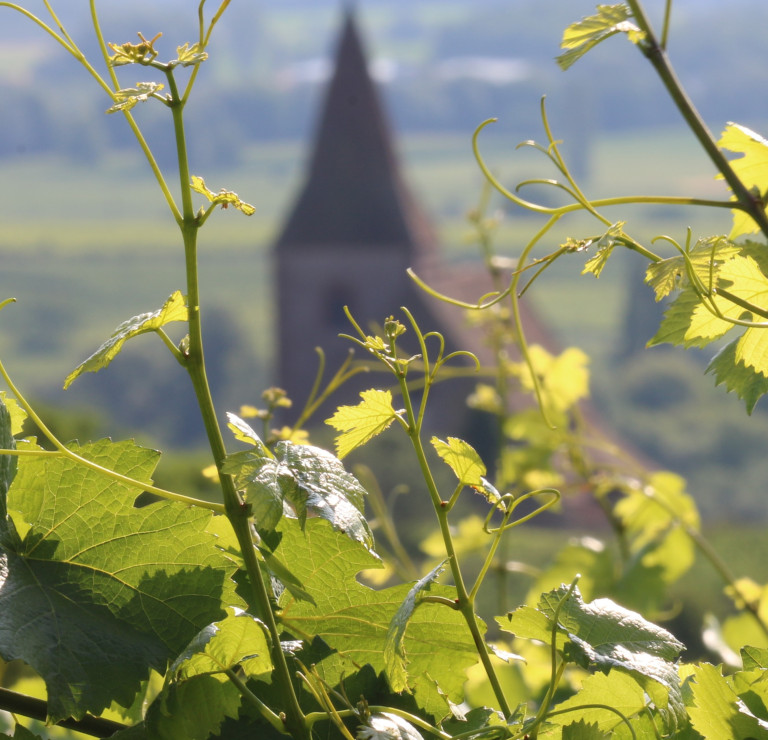
Technical presentation
| Bottling : | September 2001 |
|---|---|
| Acquired alcohol : | 14.7° |
| Residual sugar : | 11 g/l |
| Total acidity : | 3.5 g/l H2SO4 / (5.4g/l Tartrique) |
| pH : | 3.7 |
| Yield : | 42 hl/ha |
| Terroir : | Clos Windsbuhl |
| Sweetness index : | 2 |
| Soil : | Muschelkalk calcareous |
Description of the wine Pinot Gris Clos Windsbuhl 2000
We took the decision in the Windsbuhl Pinot Gris as the Pinot Gris Rotenberg: harvest the healthy clusters before the noble rot, in order to produce a wine not too ripe. The botrytised grapes were harvested the same day in this vineyard and produced a VT. I think than one of the most difficult dry wine to make in Alsace is certainly a Pinot Gris.
Tasting notes
12/2001 : It is often either slightly too ripe and keeps residual sweetness, or, if harvested slightly too early, it will lack its expected power and structure. The 2000 Windsbuhl is as close to what I would expect of a dry Pinot Gris as we are able to do. The nose shows delicate exotic aroma and classic Windsbuhl minerality. The palate is a the same time strict and powerful, leaving the mouth dry. It is an opulent dry wine, capable of beautiful ageing.

The Clos Windsbuhl of Hunawihr
The altitude of the vineyard coupled with Hunawihr’s tardy climate means that the Clos Windsbuhl is often one of the last of our vineyards to be harvested. This explains the aromatic quality of the Clos’ wines and the consistent balance of acidity, a guarantee of good ageing. Although often harvested late, the Windsbuhl grapes are only rarely botryitized, doubtless due to the altitude of the vineyard, but nevertheless often reach high levels of maturity.